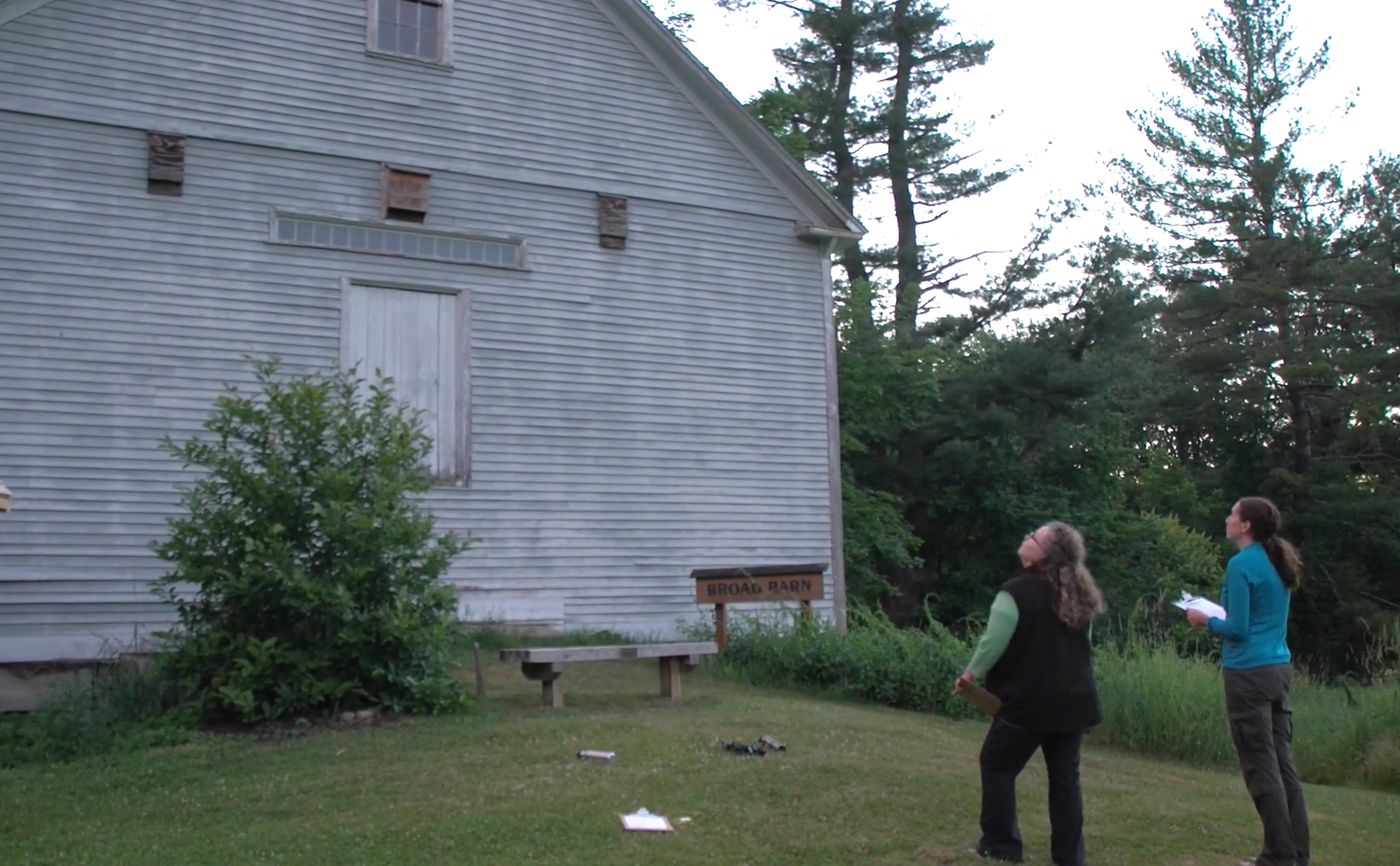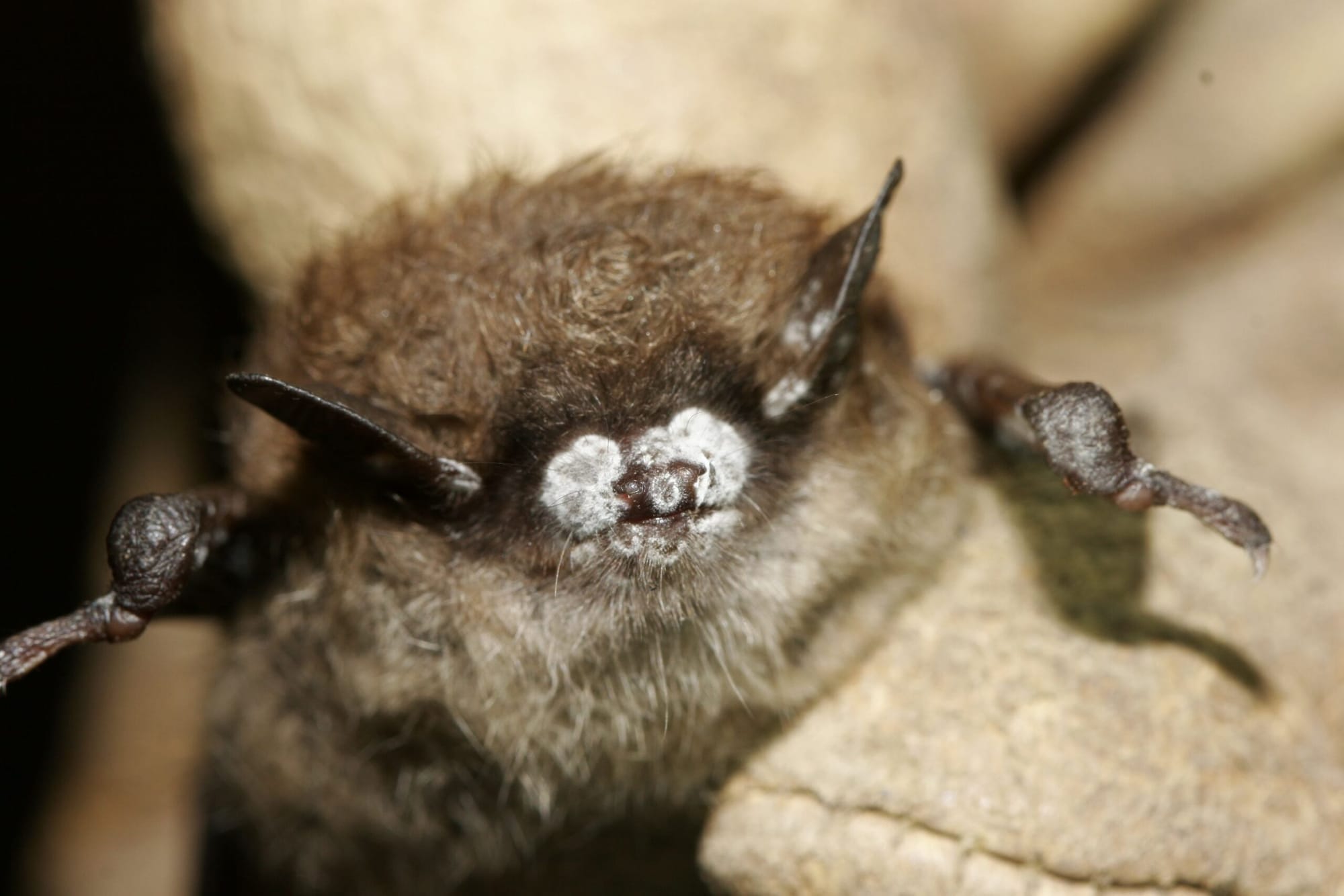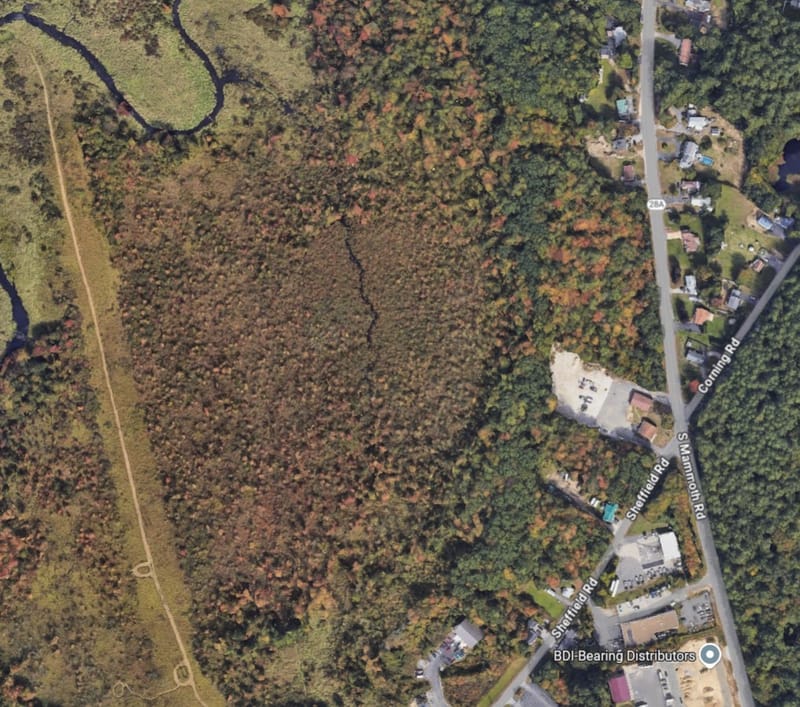NH residents can help in the fight to save the state’s bats
As the bat population in New Hampshire, and across the country, continues to decline, state wildlife officials are looking for volunteers to help count bats this summer as part of the effort to turn the trend around.

CONCORD, NH – As the bat population in New Hampshire, and across the country, continues to decline, state wildlife officials are looking for volunteers to help count bats this summer as part of the effort to turn the trend around.
The New Hampshire Bat Counts Project is part of an annual regional project across the Eastern U.S. to monitor summer bat colonies and find solutions to the significant decline of the bat population.
The University of New Hampshire Cooperative Extension and NH Department of Fish and Game are looking for state residents who have bat colonies on their property, as well as other volunteers, to help by conducting at least two bat counts, in June and July.
“Data from summer bat counts by volunteers are critical to help us understand where bats exist currently and in what numbers, what is special about the sites where bats exist and are maybe even thriving, and how our bat populations are doing, overall, in New Hampshire,” Haley Andreozzi, Extension state specialist in wildlife conservation, told InkLink.
“We are always looking for additional volunteers to participate and rely on existing volunteers to continue submitting count data,” she said.
During the summer, colonies of female bats and their pups roost across the state in barns, church steeples, and similar structures. Organizers said in a news release that, given decline in bat population over caused by white-nose syndrome, monitoring the colonies “is more important than ever.”
White-nose syndrome is a fungus first detected in the U.S. in 2006, and in New Hampshire in 2009. It’s estimated to have wiped out 99% of the state’s little brown bat population in the years since. Other threats to bats are deforestation, pesticide use, light pollution at night, disturbance of winter hibernation caves and mines, and more.
The North American Bat Monitoring program began in 2015 as a response to bat decline across the country. Volunteers do at least one count of a roosting area in June and one in July, following specific criteria spelled out by organizers. Results are submitted to the state either online or by mail. Volunteers get a count summary at the end of the year, usually in December, Andreozzi said.

NH Bat Counts sessions set
A May 26 training workshop is being held in Fox State Forest in Hillsborough, and a June 13 “Bats of New Hampshire” program at Squam Lakes Natural Science Center in Holderness, will have information on how to take part.
Both sessions also will discuss the state’s bat species, threats to the population and how the public can help conserve bats. The workshops are in-person and family-friendly. Registration is required because space is limited. The workshops will start with an indoor presentation, followed by a bat counting demonstration at dusk outdoors.
The Fish and Game Dept. has a video explaining bat counts, as well as a webpage with information on how to take part.
Eight species of bats can be found in New Hampshire, and all are “of conservation concern,” according to fish and game biologists. Species are Eastern red bat, silver-haired bat, Northern long-eared bat (federally threatened and state endangered), tricolored bat (state endangered), hoary bat, Eastern small-footed bat (state endangered), little brown bat (state endangered) and big brown bat.
In the summer, all eight species need foraging and roosting habitat. Five of the species hibernate in New Hampshire and surrounding states during the winter, while three migrate to warmer places.
The hibernating bats are the most threatened by white-nose syndrome, which is caused by the fungus pseudogymnoascus destructans. It forms on the bare skin of bats, like their noses, while they’re hibernating. The effects of it make them more active, causing them to burn the fat they need to survive during the winter, and many starve to death.
Bats ‘misunderstood, important’
The U.S. Fish and Wildlife Service calls bats “one of the most important misunderstood animals,” and their decline has a far-reaching agricultural and environmental impact.
Bats feast on mosquitos and other insects considered pests to crops and forests. They can eat 50% of their own body weight nightly, which is more than 1,500 mosquitoes, according to biologists who study bats.
They also pollinate plants and disperse seeds. One study found that bats eat enough pests to save more than $1 billion in corn crop damage and pesticide costs a year in the U.S. Across all agricultural production, bats consume insects that would equal $3.8 billion in pesticide use, an analysis found.
Bats don’t only eat insects, but also consume nectar and provide critical pollination for many plants like peaches, cloves, bananas and agaves. According to the USFW, bats are the sole pollinator for the agave plant, a key ingredient in tequila. Bats also like fruit, and account for up to 95% of seed dispersal responsible for early growth in recently cleared rainforests, the USFW said.





